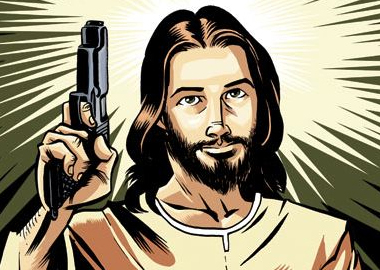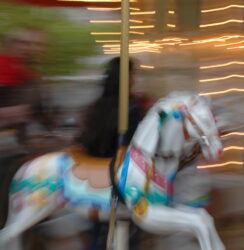Merry Christmas from Geneva
(where it was forbidden for two centuries…)
First and foremost: A Merry Christmas. To my friends and acquaintances and kind clients: The year has been so dense with work, especially these past four months, I was unable to write cards and letters using my growing collection of fountain pens. Perhaps to the joy of those on the receiving end who have to deal with my handwriting…
Just a few notes. Christmas is officially on the 25th, but in ancient times, days ended at sunset, not at midnight, so Christmas Eve, the 24th, was actually the beginning of the 25th. Celebrating this way has been trending of late, apparently, though on a personal note, I never knew any different, thanks to my Bavarian Catholic mother, who always celebrated on the 24th after 5 p.m.

As for good wishes and cards and such…. There are twelve days of Christmas, so there’s still time… These days were important to Europeans (before there was a Europe) in the days of yore, before Christmas was chosen to preempt Pagan rituals… In German-speaking countries and regions, you will often hear talk of the “Raunächte,” rough nights (or Rauchnächte, the smoky nights, because evil spirits needed to be smoked out), which allegedly go back to Druidic times. There is some debate on exactly which days they fall on and how many there are, but here’s the deal: Essentially, the first is on the 21st, then 24/25th, and so forth. Sometimes the turn of the year is cut out, but that would assume a fixed calendar. Logical, too, would be a thirteenth, so as to comply with the lunar calendars of yore. The Rauhnächte are also known for making predictions for the coming year. “Listen” to your dreams, they say.

If you don’t like political commentary, please accept best wishes and stop reading…
Just a word on saying Merry Christmas, which has been unbelievably politicized in the USA.
No one ever officially forbade saying Merry Christmas. The idea that it could be offensive may have been raised, and in a secular state, in which all religions must be free to practice, being a bit aware of the other’s beliefs and traditions is merely polite and rather than punishment. It also ensures peace among believers, since the battle of faiths have been among the bloodiest in the history of the human race. Besides, looking beyond one’s narrow bailiwick is always interesting, right?
So the bottom line is this: There is no war on Christmas. Other than the frenzied consumerism that accompanies this very high Christian holiday, and that leads people to elbow and honk their way through the first three weeks of December each year, irrespective of their fellow humans trying to get through life as well, to then collapse from overeating and overconsuming. A generalization, I am sure.

The war on Christmas is also the noisy and synthetic culture war triggered by gasbags who earn millions be dividing the USA into social and political silos, thereby creating captive audiences for themselves and their advertisers, of course. They spread ignorance and promote lazy thinking. It’s all about dollars and cents, of course, so it fits in perfectly with the predatory economic system, which praises the person who’s become rich, no matter the means. I’ve written about this in greater detain here.
Also worthy of note is this: Those who holler and scream about the “war on Christmas,” from Donald Trump to many Evangelical leaders, tend to be the spiritual descendants of none other than Jean Calvin, Geneva’s most famous immigrant, who rejected Christmas entirely as a man-made feast. And so did many of his followers and devotees in his lineage, like the Puritans, who did not like the rowdiness around Christmas, as well as the Presbyterians (like Trump). Worse yet, Christmas is considered a Catholic, hence Popish, holiday, and is therefore dangerously international. If you want to read some great conspiracy nonsense, read up on the 1928 elections in the USA.
-

Jesus of the NRA -

Jesus of the Bible
Finally, the Jesus armed with an AR-15, killing infidels, hating health care, and loving Capitalists, bigots, misogynists, racists and predatory billionaires is a far sight from the Prince of Peace generally touted in Christmas songs piped into supermarkets and other consumer venues. That is a good thing to keep in mind. Under 700 words. Merry Christmas, and don’t forget my tip jar.







 Cut up into inch-size pieces and tenderise overnight in a milk-water mixture. Then boil in salty water (about 30 minutes) with a dash of milk. Dress with cream (yes, but double cream from Gruyère) and pepper, or use the liquid for a béchamel to cover the cardons, sprinkle with Parmesan or Gruyère and bake till the cheese is a little crispy. You are now a step closer to being Genevan.
Cut up into inch-size pieces and tenderise overnight in a milk-water mixture. Then boil in salty water (about 30 minutes) with a dash of milk. Dress with cream (yes, but double cream from Gruyère) and pepper, or use the liquid for a béchamel to cover the cardons, sprinkle with Parmesan or Gruyère and bake till the cheese is a little crispy. You are now a step closer to being Genevan.
